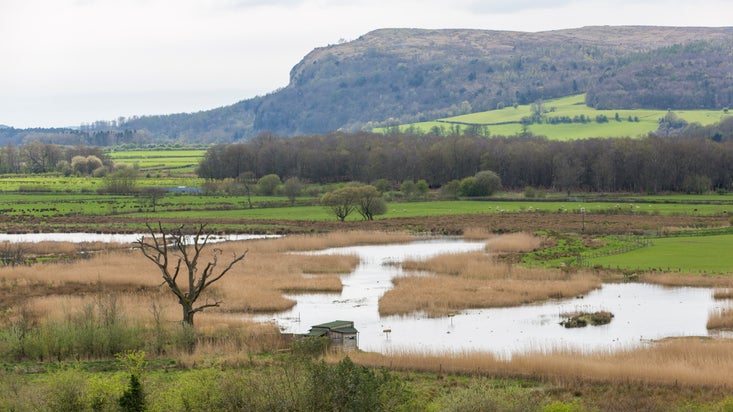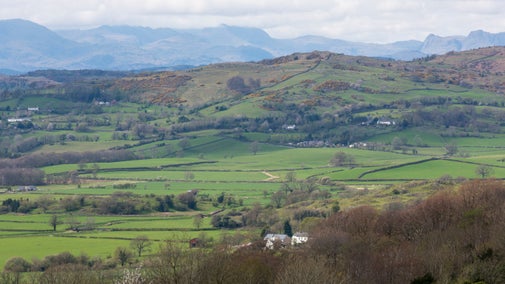Sizergh Fell walk
Lake District
The traditional agricultural estate that surrounds Sizergh offers dramatic views of the Lakeland Fells, the Pennines and Morecambe Bay, as well as a fantastic array of animals, birds, butterflies and wildflowers that vary with the seasons.
Near to
SizerghStart point
Sizergh Castle car park, grid ref: SD498878Trail information
More near here
Park End Moss wetland walk at Sizergh
This circular walk to Park End Moss showcases the diversity of the Sizergh estate, taking in ancient woodlands, historic parkland and a wetland popular with numerous bird species.

Get in touch
Our partners

We’ve partnered with Cotswold Outdoor to help everyone make the most of their time outdoors in the places we care for.
You might also be interested in
Walking in the Lake District
From gentle ambles to more challenging hikes, these are some of the best walks to explore the heart of the Lake District.

Exploring the estate at Sizergh
Connect with nature in Sizergh’s woodland, wetland and farmland. Find out about the wildlife you can spot while exploring this 1,600-acre estate.

Visiting the garden at Sizergh
Feel inspired with a stroll through the gardens at Sizergh and find out what you’re likely to see growing here when you visit.

Eating and shopping at Sizergh
Can we tempt you to afternoon tea in the café, a new pair of gardening gloves from the shop or a pre-loved book during your visit to Sizergh?

Visiting Sizergh with your dog
Sizergh is a two pawprint rated place. Find out which areas of the estate you can explore with your dog.

Cotswold Outdoor: our exclusive walking partner
Learn about the National Trust’s ongoing partnership with Cotswold Outdoor. Find out how they help us care for precious places and the exclusive discount available for National Trust supporters.

Follow the Countryside Code
Help to look after National Trust places by observing a few simple guidelines during your visit and following the Countryside Code.

Staying safe at National Trust places
The special places in National Trust care sometimes come with a few risks for visitors, be it coastline or countryside. Find out how to keep safe throughout your visits.


